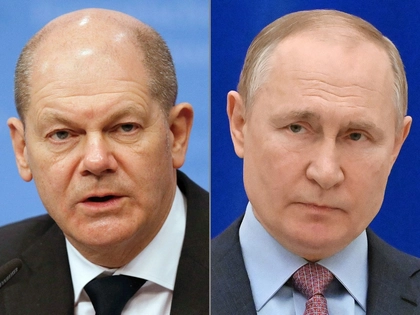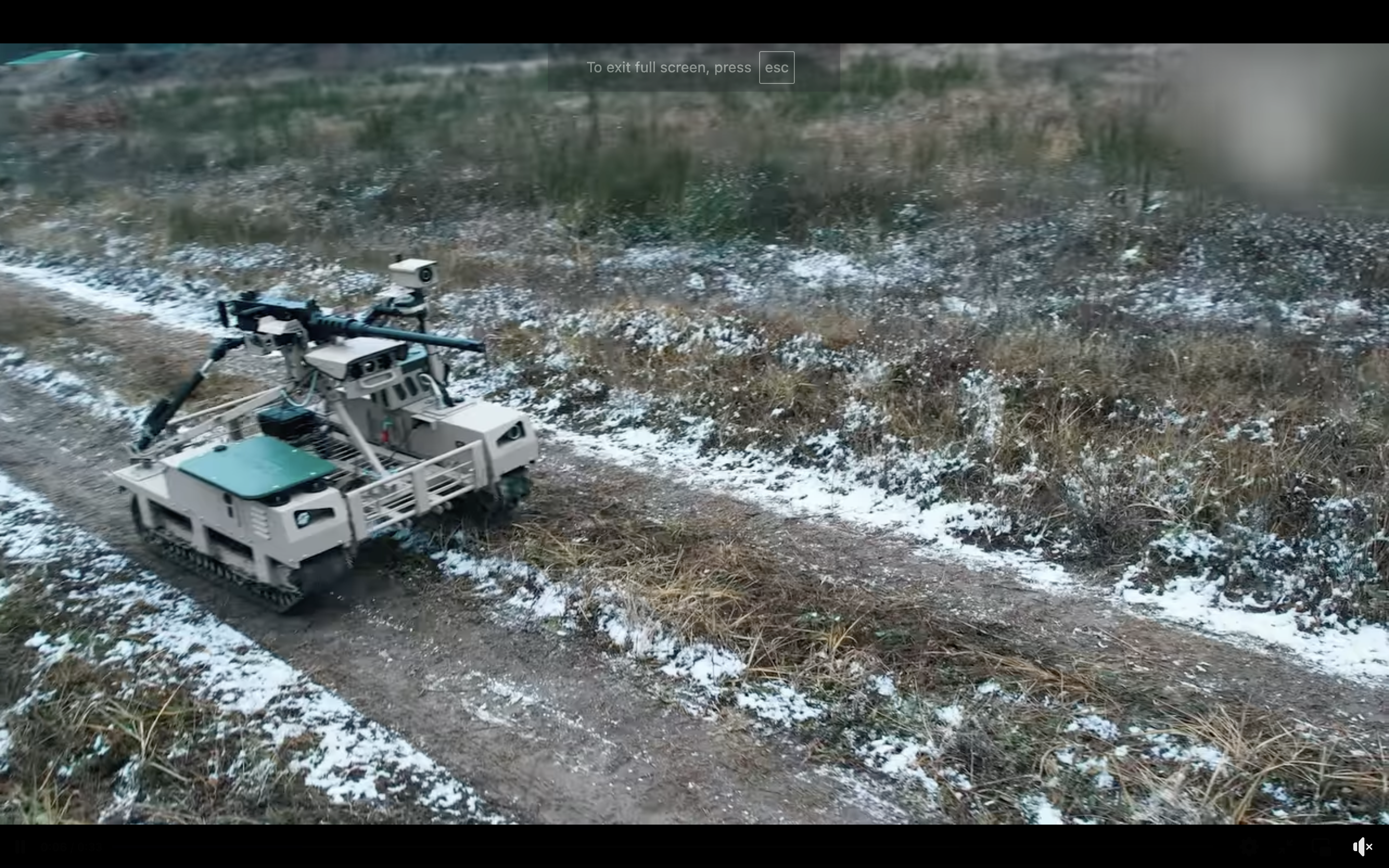Romanian Air Force F-16 fighters successfully intercepted an explosives-toting Russian drone violating NATO airspace during a recent Kremlin attack on Ukraine but the pilots weren’t allowed to shoot down the unmanned, robotic aircraft because it would have been illegal under the Romanian national law, news reports and official statements said.
The two Romanian fighter pilots caught up with the Russian Shahed drone – an Iranian-designed flying wing the size of a motorcycle and usually armed with a 30-75 kg warhead – after it flew into NATO air space over the Danube delta shortly after 2 a.m. on Sunday, according to a Romania Defense Ministry press release made public on Monday.
JOIN US ON TELEGRAM
Follow our coverage of the war on the @Kyivpost_official.
Romanian ground-based radars first spotted the incoming Russian drone while it was over international waters in the Black Sea. They had it on screen for at least a half hour, before it crashed into a Romanian farm field, the statement said.
The F-16 pilots observed the drone’s progress by tracking it with their radars, the statement said.
The Shahed likely was launched from Ukraine’s Russia-occupied Crimea peninsula and was aimed at the Ukrainian riverine port of Vylkove across the Danube from Periprava but went off course and flew into airspace over Romanian territorial waters, and over southeast Romania, a Ukrainian air defense statement said on Monday. Romanian Defense Ministry statements reported the drone made landfall near the Danube delta and flew generally northwest.

European Troops in Ukraine Could Guarantee Future Peace Deal: Kyiv Official
Romanian media reported the slow-flying, propeller-driven Russian drone was in Romanian airspace for more than 30 minutes before it nosed into a farm field and blew up. A Monday Defense Ministry statement said that searchers found “fragments of a Russian drone” in “an uninhabited region” near Periprava.
No one was hurt and there was no damage to property, news reports said.
Romania’s Ministry of Foreign Affairs on Sunday announced it had informed the Kremlin of “its firm protest against the violation, once again, of Romanian airspace. Bucharest “demands” the Kremlin adhere to international law, a Foreign Ministry statement said in part.
Some Romanian media reported nighttime chaos and civilian panic in Periprava as Russian kamikaze drones dove through Ukrainian machine gun fire in adjacent Vylkove and detonated. The public information platform Digi24.Ro posted Periprava resident saying she was frightened and upset from the explosions across the river. The video ends with a single, intense blast nearby.
The Romanian news platform Ziar.com reported a second Russian drone penetrated national airspace during the Vylkove air raid. A Tuesday Defense Ministry statement said searchers were looking for additional drone debris to the north of Periprava village.
The two F-16s were airborne from 2:25 a.m. to 4:08 a.m. and landed safely after monitoring air activity in the region, and NATO was informed of the incident, the Defense Ministry statement said.
The authoritative Defense Romania military information platform laced into the national security leadership for, a Tuesday article said, failing to defend national air space because of outdated laws banning the country’s fighter pilots from firing on drones under almost all circumstances.
The two F-16 pilots had a weapons employment zone (WEZ) solution on the Russian drone with their fire control radars and could easily have shot it down, but legislation dating back to the early 2000s bans the Romanian military from attacking aircraft encroaching into Romanian air space unless the aircraft is positively identified and is either about to or in the actual process of committing an overtly hostile or dangerous act, the article said.
According to rules of engagement (ROE) used by the Romanian Air Force per the article, Romanian pilots must determine whether an aircraft is a real threat before engaging it, even if it is a drone. Per that ROE, Romanian fighter pilots may only shoot down an airborne target they intercept and engage after firing warning shots and attempting to communicate with the aircraft.
However, the outdated laws and ROE do not account for the current widespread use of lethal robotic drones – which have no pilots aboard – and therefore cannot be communicated with by radio, the article said.
“The problem is of course the legislation. The legislation in force is so old and ambiguous that it does not allow this (firing on a strike drone violating Romanian air space), although the (Romanian fighter) aircraft of course have the technical ability to do it,” the article said. Poland also has (similar) problems with legislation on shooting down (Russian) drones and missiles (violating Polish air space).”
On Monday Nicolae Ciucă, President of Romania’s Senate, made a motion for the legislature to consider amending the law so that, in the future, if Russian drones and missiles aimed at Ukraine fly into Romanian air space, Romanian Air Force pilots would be allowed to do more than observe or escort them.
Romanian media on Wednesday reported the Senate Defense Committee had scheduled a midday hearing with Defense Ministry representatives to discuss changes to the law so that the military would be able to destroy drones entering Romanian airspace or aiming toward Romanian territory.
Senator Nicoleta Pauliuc, the President of the Defense Commission, in comments published on her personal Facebook page Wednesday morning said: “I sent an invitation to the representatives of the Ministry of National Defense… to discuss the amendment of legislation regarding the ability to react to the penetration of hostile drones into Romania’s airspace. As always, we are open to improving the legislation aimed at national security. If there is a Gordian knot, it must be untied urgently.”
Russian President Vladimir Putin in mid-2023 announced the Russian Air Force would bombard Ukrainian civilian infrastructure because it supports the Ukrainian war effort. Riverine ports like Vylkove specializing in grain trans-shipments have been hit repeatedly, particularly during the Fall harvest season.
The last time a wayward Russian attack drone struck Romanian territory was in July. During that attack Kremlin strike planners launched a reported 38 kamikaze drones at targets along the Romania-Ukraine border, of which 11 were aimed at Vylkove, local officials said.
According to Ukrainian civil defense statements, 25 drones were shot down or jammed and missed targets, and others hit the town port and destroyed two homes, and damaged an apartment building. No one was hurt in the attack, the UNIAN news agency reported.
You can also highlight the text and press Ctrl + Enter






